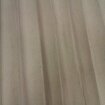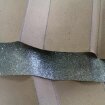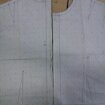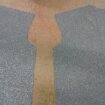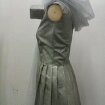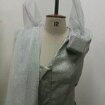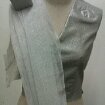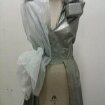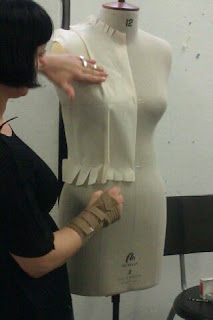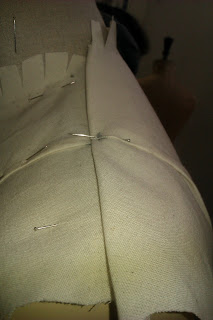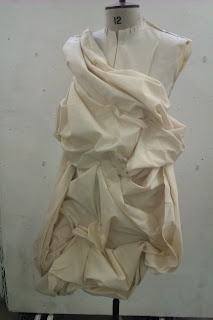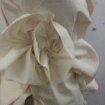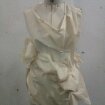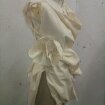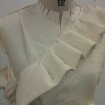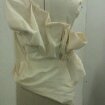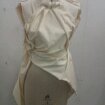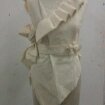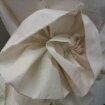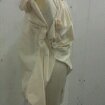The fabric I used was a silver glittered type of heavy cotton. I chose this fabric because it is unique and bold. outs. Furthermore, I felt it would pleat and drape as well as calico does.
Step 1
The first step was to cut the fabric for the pleats and then make the templates.
Then I went on to pleat the fabric.I did so by laying the fabric inbetween the two templates, which formed the pleats. Afterwards, I applied hot steam to them to create the pleats that would stay in place.
I then went on to make the bodice, using the pattern I made in Week 9.
I then played around trying different ways to join the pleats to the bodice and drape the fabric around the bodice. After that i created boxes and a rose to give my garment a original look.


